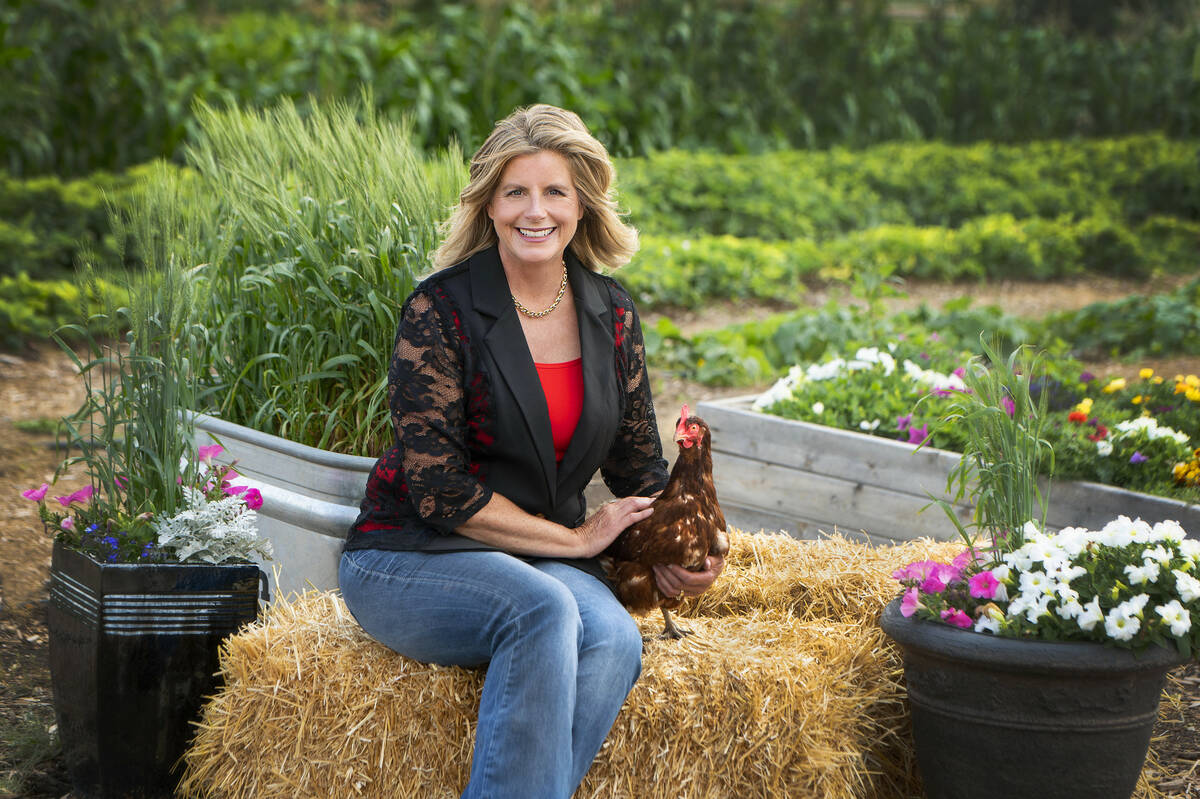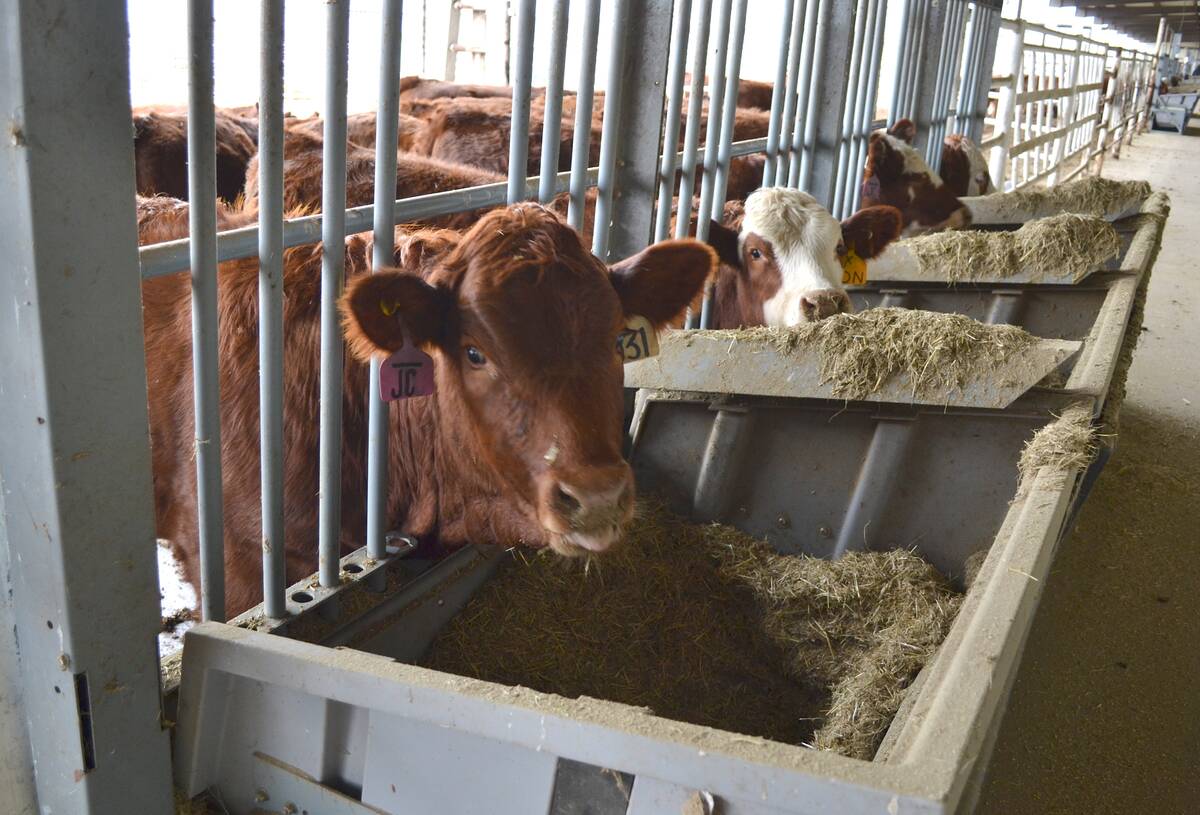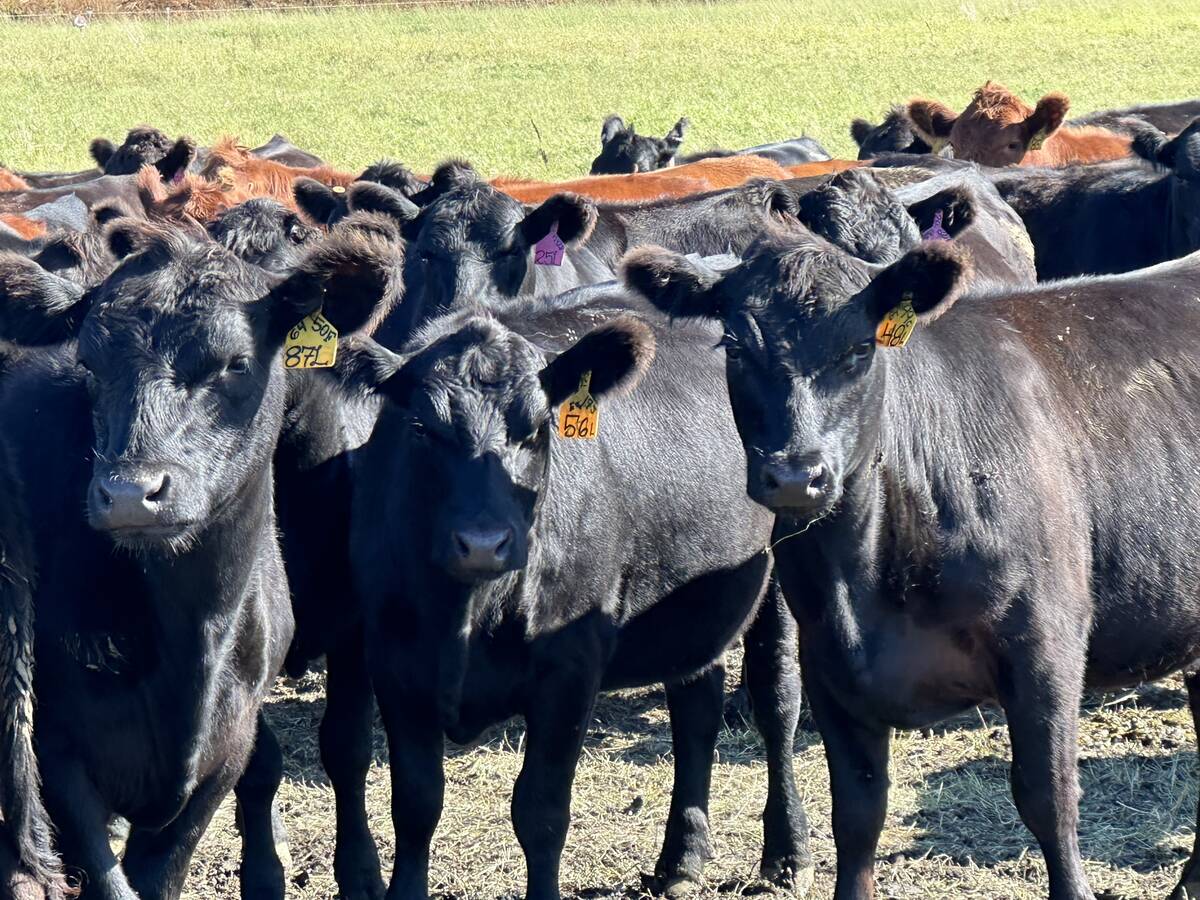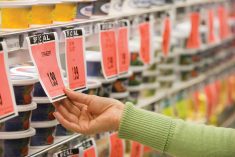Industry insiders say they wish they had a perfect crystal ball with which to predict the beef business’s hills and valleys.
But while the future can’t be known for sure, there are certain trends that analysts look for when making market forecasts.
Heifer retention is a big one, said Lee Irvine, a beef specialist with ATB Financial, during a recent the Cattle, Commodities and Market Insights conference in Brooks, Alta.
Read Also

Nichole Neubauer, farmer and passionate agriculture education from Medicine Hat, inducted into Alberta’s Order of Excellence this year
Nichole Neubauer was recently inducted into the Alberta Order of Excellence for her work in agriculture education
“I watch it religiously, with every single kind of cattle on feed and placement side. That tells me where our numbers are at. If the heifers are hitting the feed yard, they’re not going to get bred back,” said Irvine.
However, a deeper dive into the numbers is necessary.
Heifer retention is down by approximately six per cent in the last cattle-on-feed reports.
However, the number jumps to 30 percent when looking at the 600 to 800 pound weight category.

Irvine has not seen the latest cattle-on-feed reports from the United States because of the U.S. government shutdown, but is seeing similar trends there as well.
“So the question now that we can’t answer from a key performance indicator is, ‘Okay, are those cattle going to stay on the ranch and actually go into the cow herd and continue to expand the cap, or are they just waiting until the fall to market them?” Irvine said.
Checking the price of beef at the grocery store can help gauge consumer patterns, said Anton Bellot, director of agri-business and agri-food for ATB Wealth.
He last checked numbers that showed that for every dollar Canadians earn, they are $1.40 in debt.
“It is quite substantial, and that’s making a huge impact on the grocery shelves. That’s probably the number-one leading indicator I look at. Whether it’s on a beef producer, or on the cropping side, that commodity has to get value added to end up on a grocery store or in a restaurant,” said Bellot.
Canadian consumers have responded to American tariffs with “buy local” efforts, but in the end, he said, the price tag reigns supreme when family budgets are so tight.















